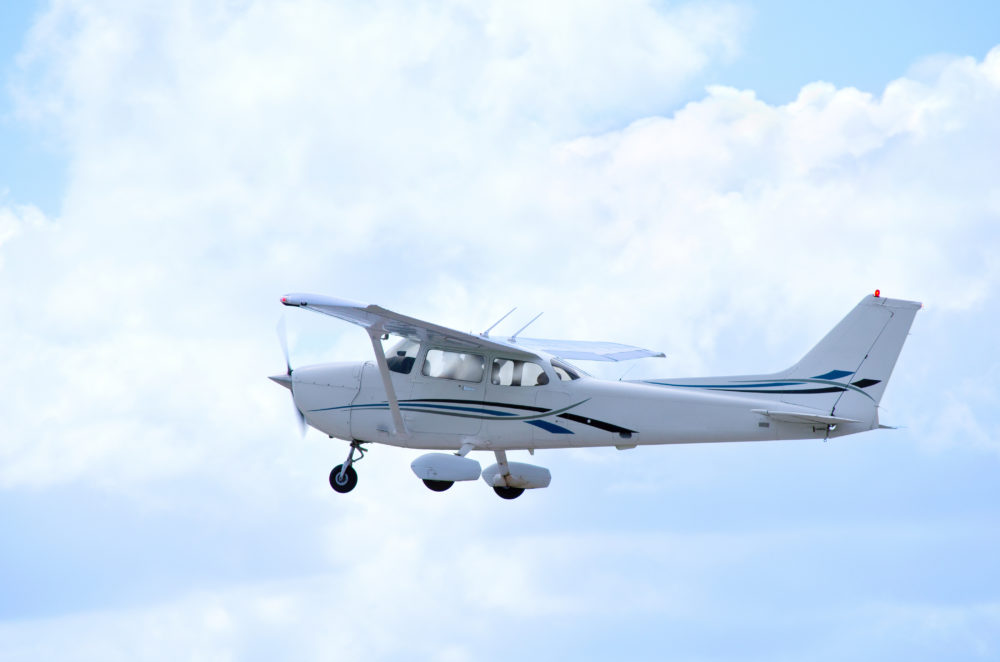There's no doubt that technology has had a considerable impact on almost every growth industry of the last two decades, driving everything from greate
There’s no doubt that technology has had a considerable impact on almost every growth industry of the last two decades, driving everything from greater efficiencies to improved health and safety standards.
Nowhere is this more evident than the aviation industry, particularly in relation to small and private aircraft. According to most statistics, the overall accident rate in North America has depreciated by between 75% and 80% over the course of the last 10 years alone, and improvements made to the design of small aircraft remains central to this trend.
Many of these improvements have been driven by technology, and here are some of the ways in which innovation has helped to enhance the safety of passenger.
Starting with Smartphones – Safety Technology for Manned and Unmanned Flights
One of the most interesting breakthroughs in this industry came a few years back, when the chief engineer at the Automatic Systems Project Office at NASA’s Armstrong Flight Research Centre revealed that he was developing smartphone technology that could prevent smaller aircrafts from crashing.
At the heart of this was the challenge facing pilots when traversing mountainous terrain, with studies suggesting that they simply couldn’t react quickly enough to override a full-authority system that may be driving the craft towards the ground. Make no mistake; controlled flight into terrain remains a leading cause of aviation, leading to an estimated 90 deaths each year as recently as 2015.
Most of these occur in small aircrafts and general aviation, and NASA’s innovation sought to tackle this by installing innovative, ground collision avoidance systems into lightweight and inexpensive devices such as smartphones. This combination of software and hardware was designed to create a system that could automatically avoid collisions, taking this responsibility out of the hands of individual pilots of smaller aircraft.
This is part of a wider trend in commercial aviation, which has seen intuitive technology introduced to automate aspects of flight management. As a result, pilots can focus solely on flying their planes while the role of human error in crashes can be greatly diminished.

The Importance of Component Testing and Maintaining Safety Standards
On a more fundamental level, we’ve also seen technological advancement improve the safety standards in general aviation and create more stringent component testing procedures.
This applies to crucial components including fuel tanks, which can be tested extensively by reputable and independent service providers to ensure that they comply with existing safety standards.
Modern testing equipment can also calibrate and troubleshoot any DC capacitive fuel quantity system, proactively testing for potential faults and failings as a result.
Similar testing technologies and procedures can also be applied to navigational and communicative tools along with positional simulators, which also play a central role in avoiding collisions and preventing controlled flights into terrain.
What we can draw from this is that innovation and new technologies, both in terms of software and hardware, are having a positive impact on general aviation across the globe. This has huge safety connotations, particularly in relation to smaller aircrafts and private planes.



















































































































COMMENTS